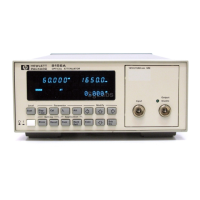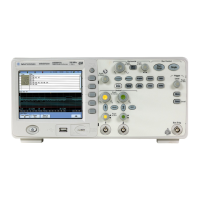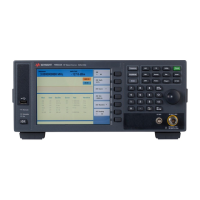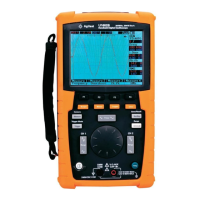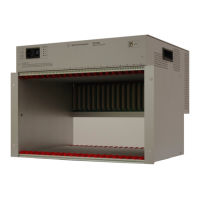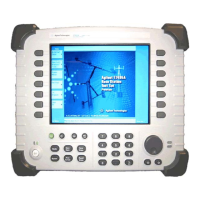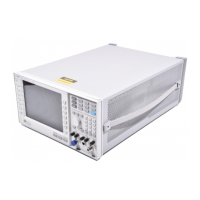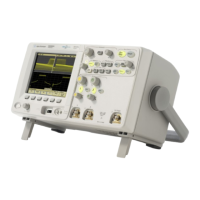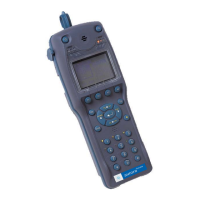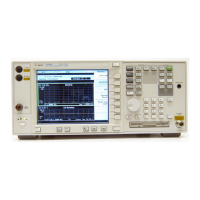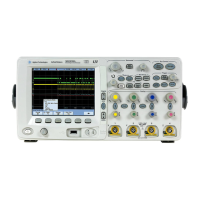Lesson 1 – Analog Clock Domain Description
369
Clock Distribution to the Analog Card Cage Slots
The clock frequency range of the AMC is 200 - 500 MHz.
NOTE It should be noted, that the AMC requires considerably more time for
changing and stabilizing its output frequency than the clock board —
about 55 ms compared to 2 to 6 ms needed by the clock board PLL.
The AMC is preferable if analog modules in more than one card
cage are used. This is because when using the internal clock
boards, each cage is provided with a clock signal from its own
clock board. Although the clock boards are frequency locked, there
is jitter between the individual clock signals they generate.
NOTE A second AMC can also be used for generating the digital domain
clock. It connects to the external clock input of card cage 5 (1024 pin
testhead) or card cage 1 (512 pin testhead).
Mixed-signal tests may require two highly accurate but
independent clocks—one for generating data and one for capturing
data.
Independent precision clocks are especially important, if we think
of
• Undersampling that the difference between signal frequency and
sampling frequency is very small
• Undersampling where the sampling frequency is below the signal’s
Nyquist frequency and one needs to know and consider the alias
components very precisely.
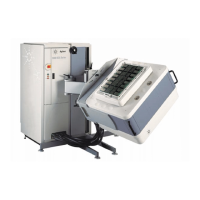
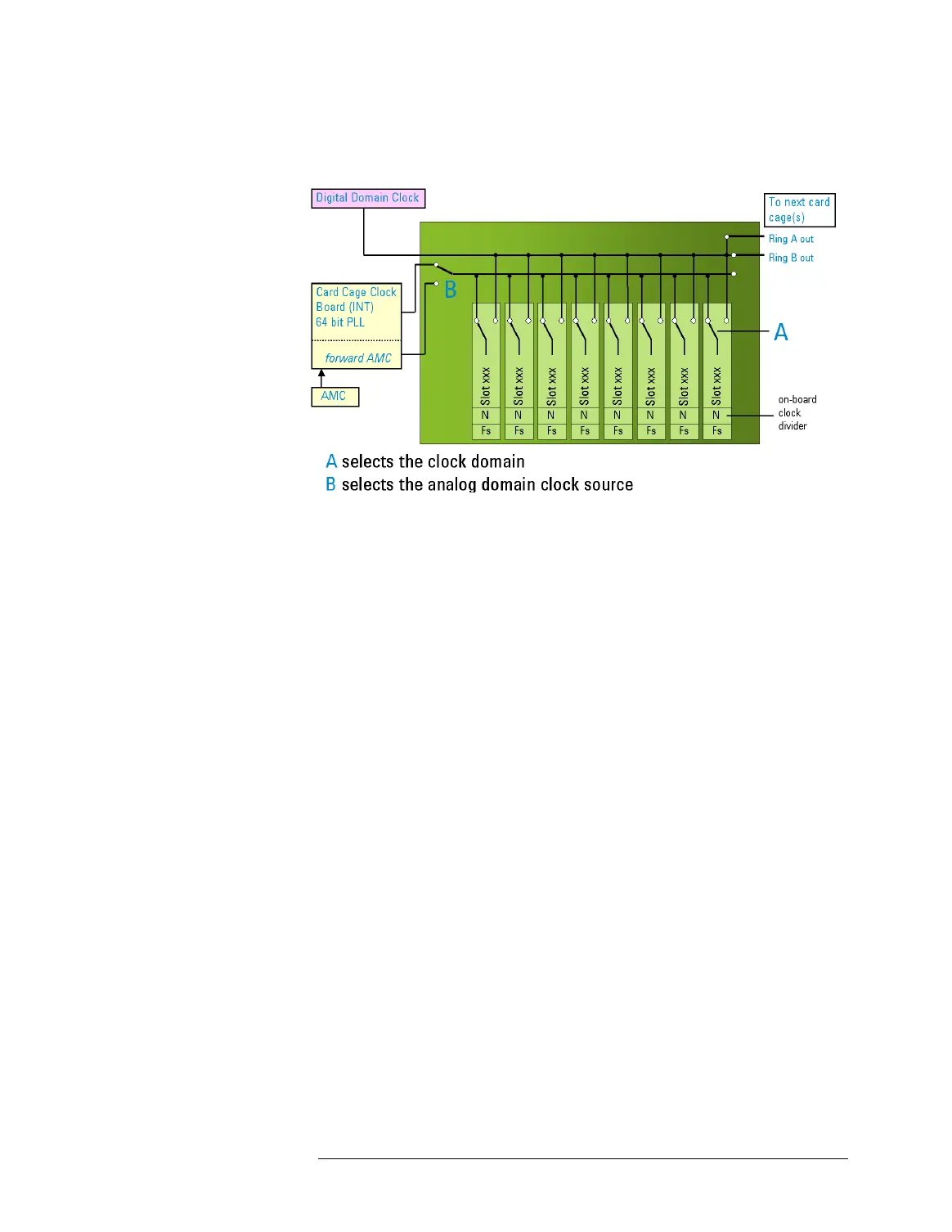